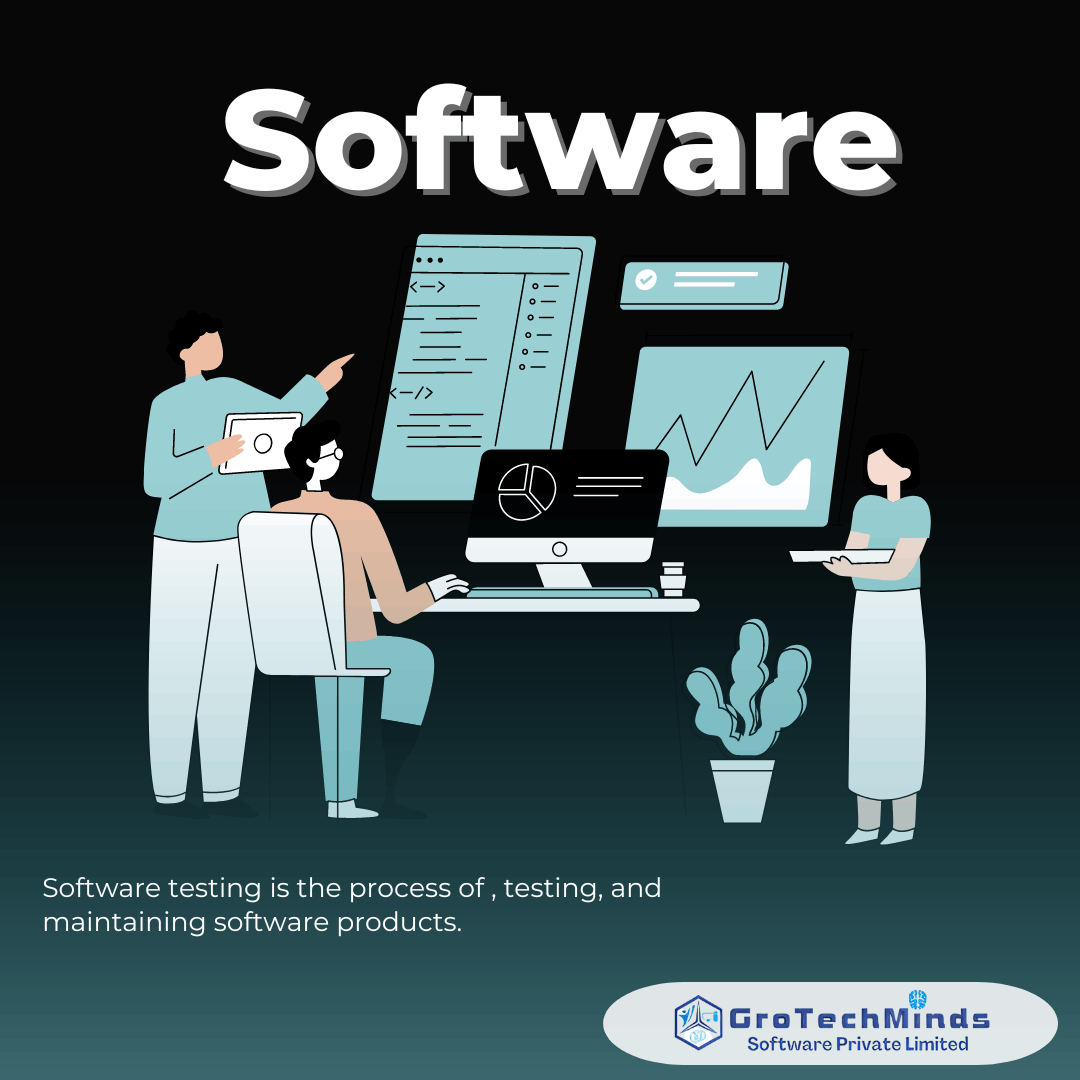Python Programming Unveiled: A Comprehensive Guide to Mastering the Language of Possibilities
Python, a versatile and powerful programming language, has risen to prominence as a favorite among developers, data scientists, and AI enthusiasts. In this blog post, we embark on a journey into the world of Python programming, exploring its foundations, key features, real-world applications, and why it has become the go-to language for individuals and organizations seeking to unlock a realm of possibilities.
Understanding Python: The Language of Simplicity and Elegance
1. Readability and Expressiveness: Python’s syntax is designed for readability and expressiveness, emphasizing code clarity. The use of whitespace instead of braces and a straightforward syntax makes Python an ideal language for both beginners and experienced developers. Kelly Technologies Python Training in Hyderabad course would be a perfect platform to become a specialist Python programmer.
2. Versatility Across Domains: Python’s versatility shines across various domains. From web development and data analysis to artificial intelligence and automation, Python’s adaptability makes it a language that seamlessly transitions between different applications.
Key Python Features: Building Blocks of Success
1. Dynamically Typed Language: Python is a dynamically typed language, allowing developers to create and modify variables without specifying their data type explicitly. This flexibility streamlines development and fosters a rapid, iterative coding process.
2. Extensive Standard Library: Python’s standard library is a treasure trove of pre-built modules and packages, covering a vast array of functionalities. This expansive library reduces the need for developers to write code from scratch, promoting efficiency and faster development cycles.
Python in Action: Real-World Applications
1. Web Development with Django and Flask: Python is a powerhouse for web development, with frameworks like Django and Flask empowering developers to create robust, scalable, and feature-rich web applications. Its simplicity accelerates development without compromising on functionality.
2. Data Science and Machine Learning with NumPy and TensorFlow: Python has become the language of choice for data scientists and machine learning practitioners. Libraries such as NumPy and TensorFlow provide powerful tools for numerical computing and building sophisticated machine learning models.
Automation and Scripting: The Python Advantage
1. Scripting for System Administration: Python’s ease of use and readability make it a preferred choice for scripting in system administration. From automating repetitive tasks to managing server configurations, Python streamlines administrative workflows.
2. Task Automation with Python Scripts: Python’s scripting capabilities extend to task automation, allowing users to automate everyday processes, schedule tasks, and simplify complex workflows. Its versatility makes it a valuable asset for enhancing productivity.
Community and Support: The Python Ecosystem
1. Large and Active Community: Python boasts a large and active community of developers and contributors. This community support is invaluable for beginners seeking guidance, and experienced developers sharing best practices, libraries, and solutions.
2. Abundance of Third-Party Libraries: The Python Package Index (PyPI) hosts a plethora of third-party libraries, extending Python’s capabilities. Whether it’s working with APIs, handling data, or integrating with external services, Python’s rich ecosystem provides a library for nearly every need.
Python 2 vs. Python 3: A Transition to Modernity
1. Migration to Python 3: The Python community has been encouraging the transition from Python 2 to Python 3 due to the end of official support for Python 2. Embracing Python 3 ensures access to the latest features, security updates, and community-driven advancements.
2. Tools for Migration: Tools like “2to3” assist developers in migrating their codebase from Python 2 to Python 3 seamlessly. This transition is essential for staying current with the language’s evolving landscape.
Future Trends: Python’s Continued Ascendancy
1. AI and Machine Learning Dominance: Python’s dominance in the fields of artificial intelligence and machine learning is expected to continue. With frameworks like PyTorch and scikit-learn, Python remains at the forefront of cutting-edge developments in these domains.
2. Web Development Evolution: Python’s influence in web development is set to evolve further with the rise of asynchronous frameworks like FastAPI. This evolution promises even greater efficiency and performance for web applications.
Conclusion: Embracing the Pythonic Philosophy
In conclusion, Python’s ascent to prominence is not merely a trend but a testament to its simplicity, versatility, and the vibrant community that propels its continual evolution. Whether you’re a beginner learning the fundamentals or an experienced developer pushing the boundaries of innovation, Python stands as a language that not only unlocks the door to endless possibilities but invites you to explore and redefine what’s achievable in the vast landscape of programming. The journey with Python is a journey into a world where creativity knows no bounds and where the language itself becomes a canvas for the expression of limitless ideas.



